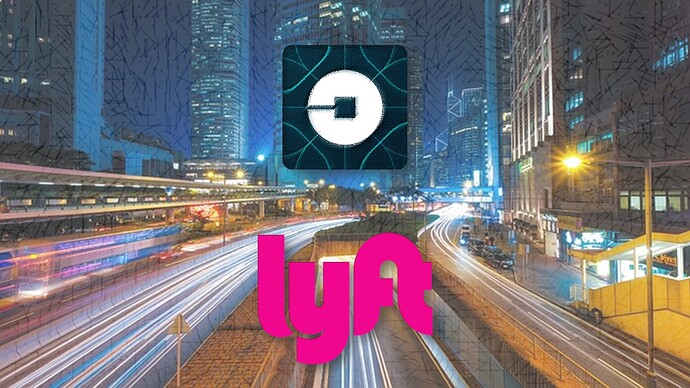A recent research project performed by the National Cooperative Highway Research Program, the National Cooperative Rail Research Program, and the Transit Cooperative Research Program analyzed rideshare rider's data to find out what really happens on the roads. Their survey provided a number of key insights that will change the view of how ridesharing really impacts traffic.
Facts
- Higher usage is found with:
- Whiter
- Higher income
- Higher educated
- Lower car ownership area's
- A lot of customers from lower income area's use these services too.
- Most riders travel to:
- A few key spots
- In or near downtown
- To and from airports
- Most riders travel during:
- Peak times, for short rides (under 5 miles)
- Median length is 1.5 miles
- Riders tend to use cars more on Fridays and Saturdays
According to the survey, ridesharing is not replacing transportation; it is supplementing it. Ridesharing is being used for specific reasons, such as supplementing public rides, which reaches between 3-16% (bus, train, subway). Ridesharing is for reaching social activities and driving to bars at night when drinkers don't want an issue with driving.
Benefits
Having these survey facts in hand, cities could actually learn to incorporate ridesharing into the civic infrastructure. Rideshare could be used to supplement station stops, where customers need another mode of transport to reach their final destination. Cities could allow rideshare cars similar lines used by public transport which would increase their efficiency as well as help ease traffic, or in extreme instances, create dedicated rideshare lanes and lines.
Another way that cities could incorporate Uber and Lyft into their infrastructure would be to include them as a service in city pass cards. In fact, when taking into account the lower economies, cities could supplement transportation services that include rideshare too.
The future of rideshare and cities is still opaque, where taxi company's strength is waning, while rideshare is growing. The strength of Uber and Lyft is constantly expanding, and at the end of the day, rideshare drivers are city dwellers too. By incorporating ridesharing into a citywide service, they could strengthen the entire service infrastructure and economy.
Since ridesharing is an app-based driving platform, cities do not need to rely on private sources such as Uber and Lyft, in fact, a clever city could save the taxi driving population by setting up a city rideshare service. A city driving app that would be a municipally controlled transportation service providing citizens with income as well as a city-wide transportation solution. Since the drivers are not city employees, but in fact independent contractors, all the cities need to do is implement a screening application process like Uber and Lyft and presto, you have a few hundred localized rideshare services provided by the city.
This would, in fact, be a great start to preparing for the oncoming AV invasion. Cities with experience in managing their own rideshare service could muscle in on a partnership AV program, where only companies that are willing to work with the city can provide AV ridesharing.

